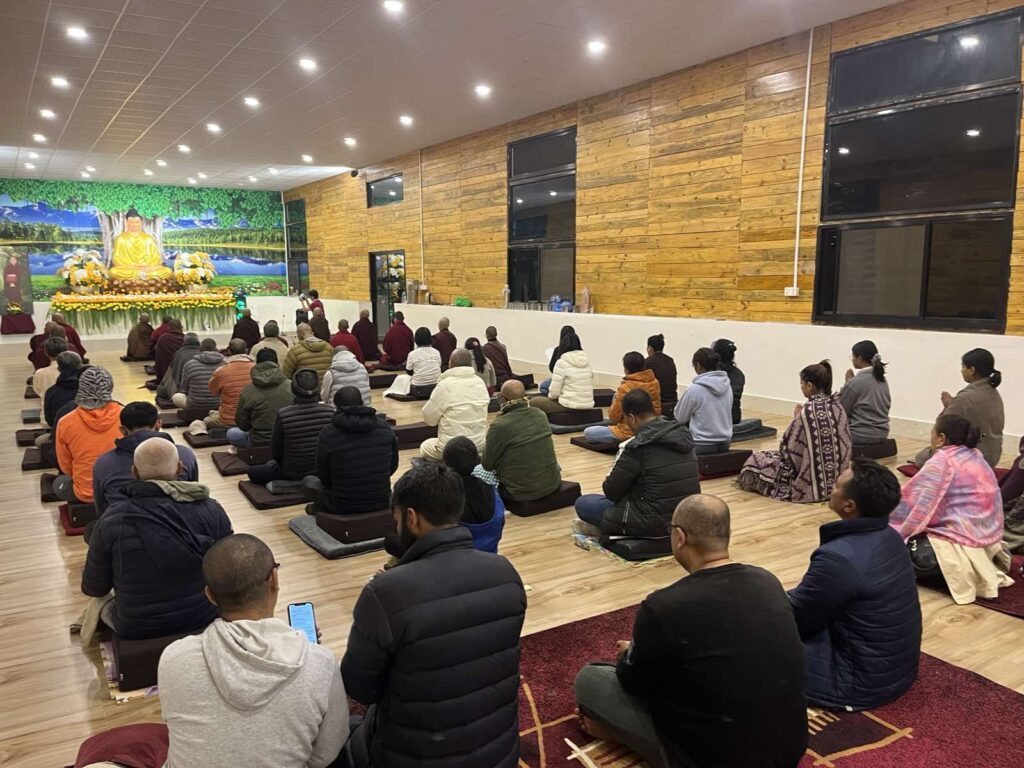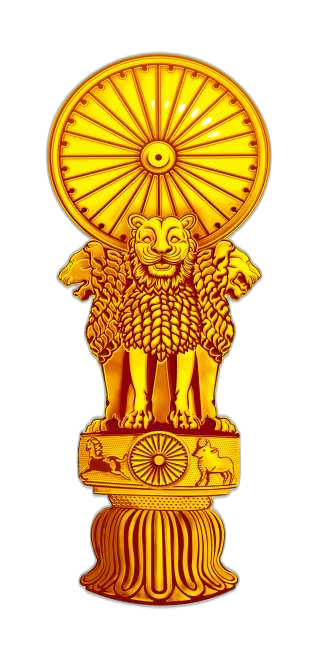What is taught and practised in Pa-Auk.
The system of meditation taught at Pa-Auk Nepal is based on the instructions by The Buddha as found in the Tipiṭaka (the Pāli Canon) and its commentaries.

The revitalized art gallery is set to redefine cultural landscape.
The system comprises the threefold training of strict observance of precepts (sīla), developing concentration(samādhi), as a basis for attaining wisdom (paññā).
This is further subdivided into the seven stages of purification which provide a step-by-step formula for systematically purifying one’s body (physical actions), speech and mind of defilements in order to realize Nibbāna in this lifetime.
In brief, the main practice is to begin with Samatha (tranquility) meditation, which is to develop absorption concentration, also called jhāna. A yogi (meditator) is free to choose any of the forty Samatha subjects as taught by The Buddha. In Pa-Auk Tawya, most yogis develop jhāna with mindfulness-of-breathing (ānāpānassati). Having developed Samatha, the yogi may proceed to practise Vipassanā (insight) meditation.
As an alternative, the yogi may omit the development of jhāna. He/she (“he”) will be taught instead to develop the less powerful access concentration with the Samatha subject of Four-Elements meditation, prior to the practice of Vipassanā meditation. In either case, the concentration attained by the yogi produces the ‘light of wisdom’.
Having completed the development of his/her (“his”) Samatha meditation, the yogi is then taught to protect his practice with the Four Protective Meditations of Mettā (Loving Kindness), Buddhānussati (Recollection of The Buddha), Asubha (Repulsiveness of the Body), and Maranānussati(Recollection of Death).
For further details of the teaching of meditation, please refer to the book Knowing and Seeing (Fourth Revised Edition), by the Venerable Pa-Auk Tawya Sayadaw, and to Teaching & Training, a concise introduction to the Sayadaw’s teaching, compiled by his foreign disciple.
